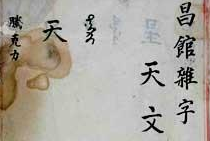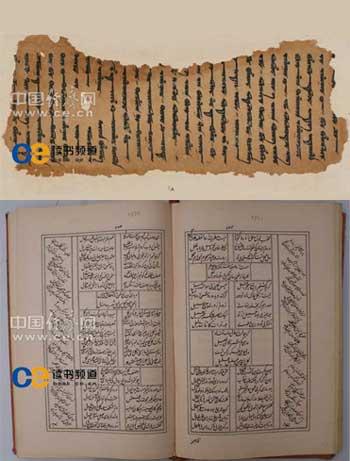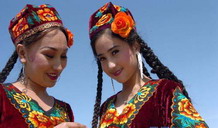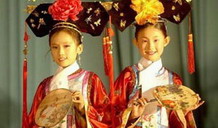Protection of Xinjiang relics displayed
Northwest China's Xinjiang Uygur Autonomous Region is displaying the latest results on the protection of local cultural relics in its museum.

It's the first large-scale exhibition of Xinjiang relics and archives since the founding of New China in 1949.
The ancient archives and relics amount to 106 pieces in the exhibition at the Xinjiang Museum. they come from the National Library of China, the local Library, and other museums.
The archives, half of which are the only extant copies, are found in twenty-four local languages.
Zhou Heping, director of National Library of China, said, "The archives offer living proof of the history of Xinjiang as a place in which multiple ethnic groups inhabit."
The exhibits, ranging from bamboo slips in the Eastern Han Dynasty, to scriptures in the Ming and Qing Dynasties, covers a time span of over two thousand years. The archives recount the central government's administration of the region and the ethnic exchange between Uygur and Han.

The ancient archives and relics amount to 106 pieces in the exhibition at the Xinjiang Museum.
The exhibition has raised a critical issue. Very few people can actually read and protect these archives of rare languages, many of which are out of use, such as Chagatai, the ancient Uygur language.






